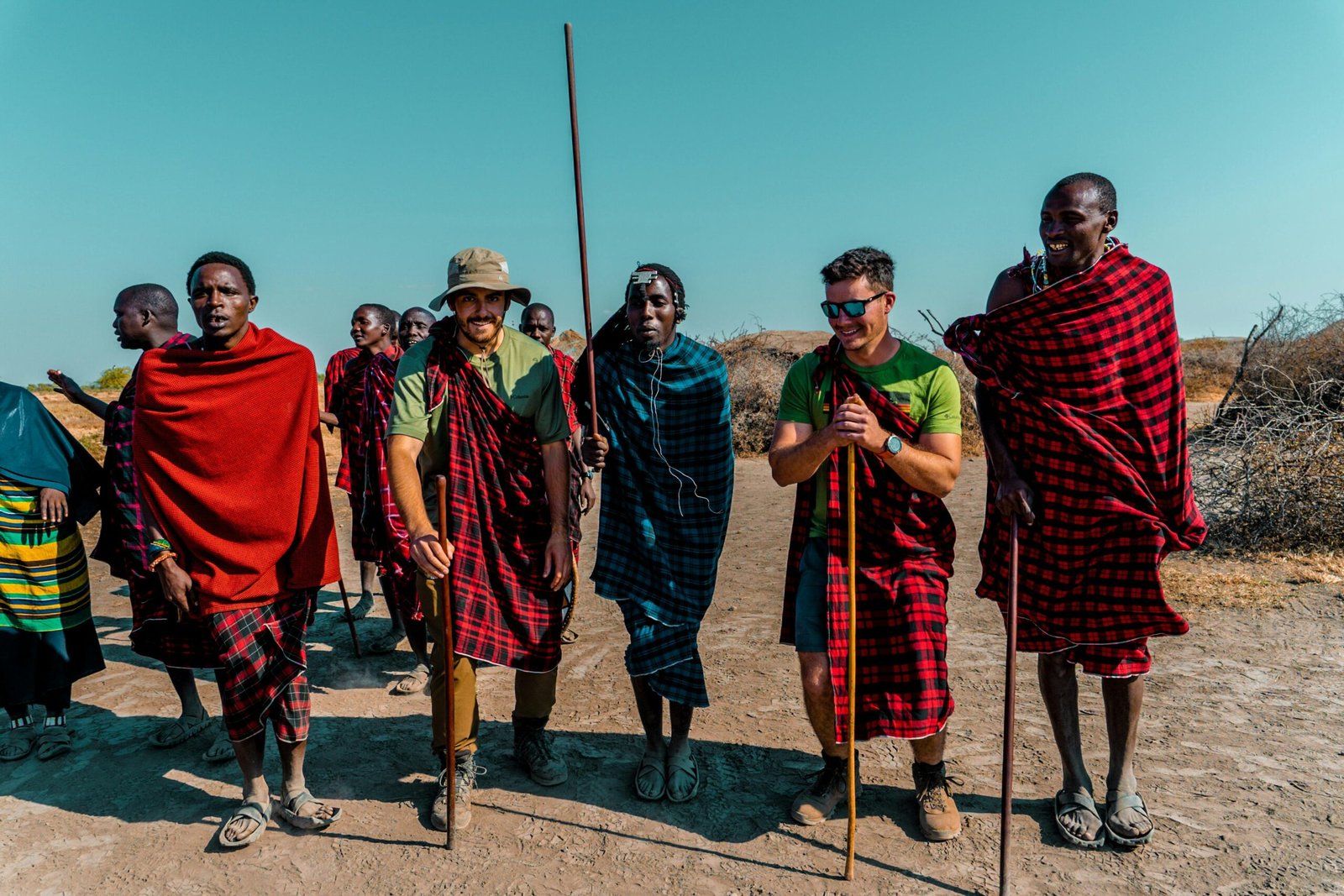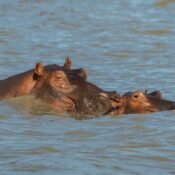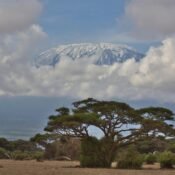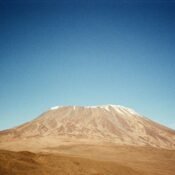
The Maasai Keepers: Meet the Guardians of Safari Landscapes
When most people picture a safari in East Africa, they imagine wide open plains dotted with acacia trees, herds of wildebeest, and lions basking in the sun. Yet behind these breathtaking landscapes are people whose traditions and way of life have helped protect them for centuries—the Maasai.
Renowned for their distinctive red shúkàs (robes), intricate beadwork, and warrior heritage, the Maasai are more than just an iconic image of East Africa. They are the living guardians of some of the most important safari landscapes in Kenya and Tanzania, balancing cultural preservation with wildlife conservation.
1. Who Are the Maasai?
The Maasai are a semi-nomadic people who primarily inhabit southern Kenya and northern Tanzania. Traditionally, they live as pastoralists, herding cattle, sheep, and goats across vast rangelands. Their identity is deeply tied to their livestock, which is considered both a source of sustenance and a measure of wealth.
Despite modernization pressures, the Maasai have preserved much of their traditional way of life, from their language (Maa) to their ceremonial rites of passage. Their connection to the land is not just practical—it is spiritual. They believe they were chosen by God to be the stewards of all cattle, a belief that shapes their respect for the environment.
2. Guardians of the Grasslands
For generations, the Maasai have coexisted with the wildlife that shares their land. They graze their cattle on the same savannahs where elephants roam and predators hunt. While conflicts between humans and wildlife do occur, the Maasai have developed practices that help minimize these tensions.
Sustainable Grazing Practices
By moving their herds seasonally, the Maasai allow grasslands to regenerate naturally. This traditional rotational grazing benefits not only livestock but also the wild herbivores that depend on the same vegetation.
Predator Tolerance
Historically, Maasai warriors (moran) hunted lions as a rite of passage. Today, many communities have shifted away from lion hunting toward conservation initiatives. In places like the Amboseli and Ngorongoro regions, Maasai have become partners in protecting endangered species.
3. Maasai and Modern Conservation Efforts
The role of the Maasai in safeguarding safari landscapes has evolved in the modern era. Many communities are now directly involved in conservation programs, blending traditional knowledge with modern science.
Community Conservancies
Across Kenya and Tanzania, Maasai-managed conservancies provide safe havens for wildlife while generating income from eco-tourism. Visitors staying in these conservancies often enjoy more intimate wildlife encounters than in national parks, while knowing their stay supports local livelihoods.
Wildlife Monitoring
Maasai rangers, often trained in tracking and ecological monitoring, patrol vast tracts of land to prevent poaching and track animal movements. Their deep knowledge of the terrain makes them invaluable in conservation work.
Eco-Tourism Partnerships
By partnering with lodges and safari operators, Maasai communities earn income through guiding, cultural experiences, and land leases. This creates a direct financial incentive to maintain healthy ecosystems.
4. Cultural Tourism – A Window into Maasai Life
Many travelers to East Africa seek more than just wildlife—they want to connect with the people who live alongside it. Cultural visits to Maasai villages offer insight into a way of life that has remained largely unchanged for centuries.
Visitors can:
- Learn Traditional Skills: From beadwork to spear throwing.
- Participate in Ceremonies: Witness or join in the famous adumu, or “jumping dance,” performed by Maasai warriors.
- Explore Daily Life: Tour traditional enkangs (homesteads) made of mud, sticks, and cow dung.
Such experiences help break down stereotypes, promote cross-cultural understanding, and provide income that supports education, healthcare, and community projects.
5. Challenges Facing the Maasai
While the Maasai play a vital role in conserving safari landscapes, they face significant challenges:
- Land Pressure: Expansion of agriculture, infrastructure, and population growth has reduced available grazing land.
- Climate Change: Unpredictable rainfall patterns threaten both livestock and wildlife.
- Balancing Tradition and Modernity: Younger generations often face a choice between maintaining cultural traditions and pursuing modern education and careers.
To address these challenges, many Maasai leaders advocate for community-led development—where modern opportunities are embraced without sacrificing cultural heritage.
6. Women of the Maasai – Cultural and Economic Pillars
Maasai women, often overlooked in safari narratives, play a central role in both cultural preservation and economic resilience. They are the artisans behind the intricate beadwork that has become synonymous with Maasai identity.
Through women’s cooperatives, beadwork is sold internationally, bringing income directly into households. In some communities, these earnings fund girls’ education and women’s healthcare programs. Many Maasai women are also involved in eco-tourism ventures, working as hosts, cooks, and cultural ambassadors.
7. The Maasai Code of Stewardship
At the heart of the Maasai worldview is the belief that land, people, and wildlife are interconnected. This is reflected in their unwritten code of stewardship:
- Respect for Nature: Taking only what is needed and allowing the land to rest.
- Coexistence: Accepting wildlife as part of the shared environment.
- Community Benefit: Ensuring resources are used in ways that help the collective, not just the individual.
This mindset aligns closely with modern conservation principles, making the Maasai natural allies in protecting safari landscapes.
8. How Travelers Can Support the Maasai
Visitors to East Africa can play a role in supporting the Maasai and their conservation work:
- Choose Community-Based Tourism: Stay in lodges or camps that are owned or operated by Maasai communities.
- Buy Local Crafts: Purchase beadwork and handicrafts directly from Maasai artisans.
- Respect Cultural Protocols: Dress modestly, ask before taking photos, and approach with genuine curiosity.
- Support Conservation Projects: Donate to or volunteer with reputable organizations working alongside Maasai communities.
By making mindful travel choices, tourists can ensure their safari contributes to both wildlife protection and cultural preservation.
Final Thoughts
The Maasai are more than just a colorful part of the East African safari image—they are active stewards of the land, culture, and wildlife that make the region so extraordinary. Their deep-rooted traditions, coupled with an evolving role in modern conservation, make them true guardians of safari landscapes.
As tourism grows, it’s crucial that the Maasai are not simply photographed and admired from a distance, but engaged with respectfully and supported as equal partners in the preservation of East Africa’s wild heart.
Meeting the Maasai is more than a cultural stop on a safari itinerary—it’s an opportunity to understand that the beauty of Africa’s landscapes is as much about its people as it is about its wildlife.




